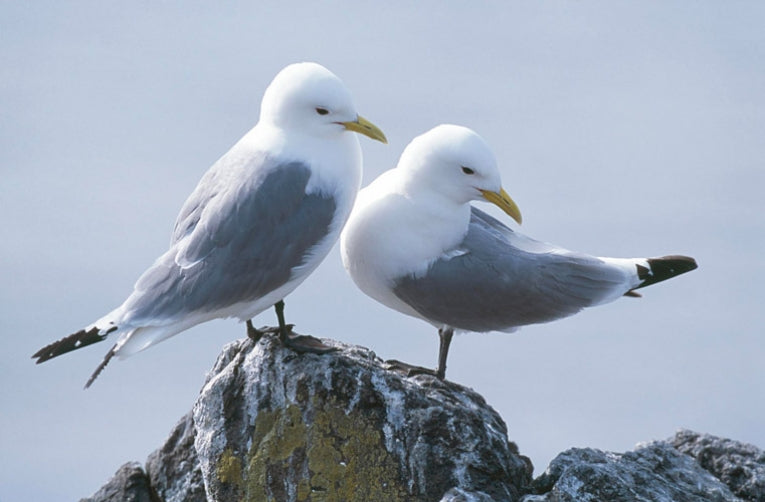Kittiwake image; Credit: © Shutterstock
Tromsà ¸ Universities and several other Norwegian institutions have solved a problem that sea birds must have sorted out eons ago. It is fairly obvious that colonies of resilient Arctic birds need to be near food supplies, but the link with abundance of fish larvae has now been conclusively shown with computer models and simple mapping.
Hanno Sandvik and many research colleagues publish their findings in Nature Communications as Modelled drift patterns of fish larvae link coastal morphology to seabird colony distribution
.
With all the factors influencing where to bring up your offspring, each bird species tends to vary in its requirements. However, 98% of seabirds choose colonial life in very densely crowded territories. Intraspecific competition must be countered by the advantages of information transfer, but larger colonies are often widely separated, on great cliffs facing the sea where predators do not reach.
This paper shows for the first time that food availability is associated with colony location when the data for puffin, kittiwake and guillemot along 1200km of Norwegian coast are compared with fish larvae models. Some individual fish species such as herring do not indicate a strong association with colony locations, whereas cod do. The Lofoten Islands spawning ground for cod has a massive influence on this positive pattern, so it may be necessary to generalise on fish larval patterns of distribution. Herring breed much further south and therefore have less influence directly on the main colonies far to the north. Any variation from the model is suspected to be due to variability of larval abundance, but predator activity or human disturbance are just two of the factors that could also limit colony formation among almost every species concerned in the study.
Foraging by birds is known to involve great distances in some cases, but energy expenditure is obviously budgeted. Average trip length is <50km, meaning that the successful colonies have minimised travel. Food supply can be very variable and obviously is seasonal. This has resulted in the evolution of colonial breeding habits over many centuries and possibly longer, while the Norwegian Coastal Current supplies a constant northward stream of larvae during the breeding season. The currents then flow eastward along the north coast where more colonies exist.
We don’t really look at seabirds enough, but if you would like to examine the northern gannet’s affinity for discards, disregarding its famed diving ability, here is a study from 2014!










